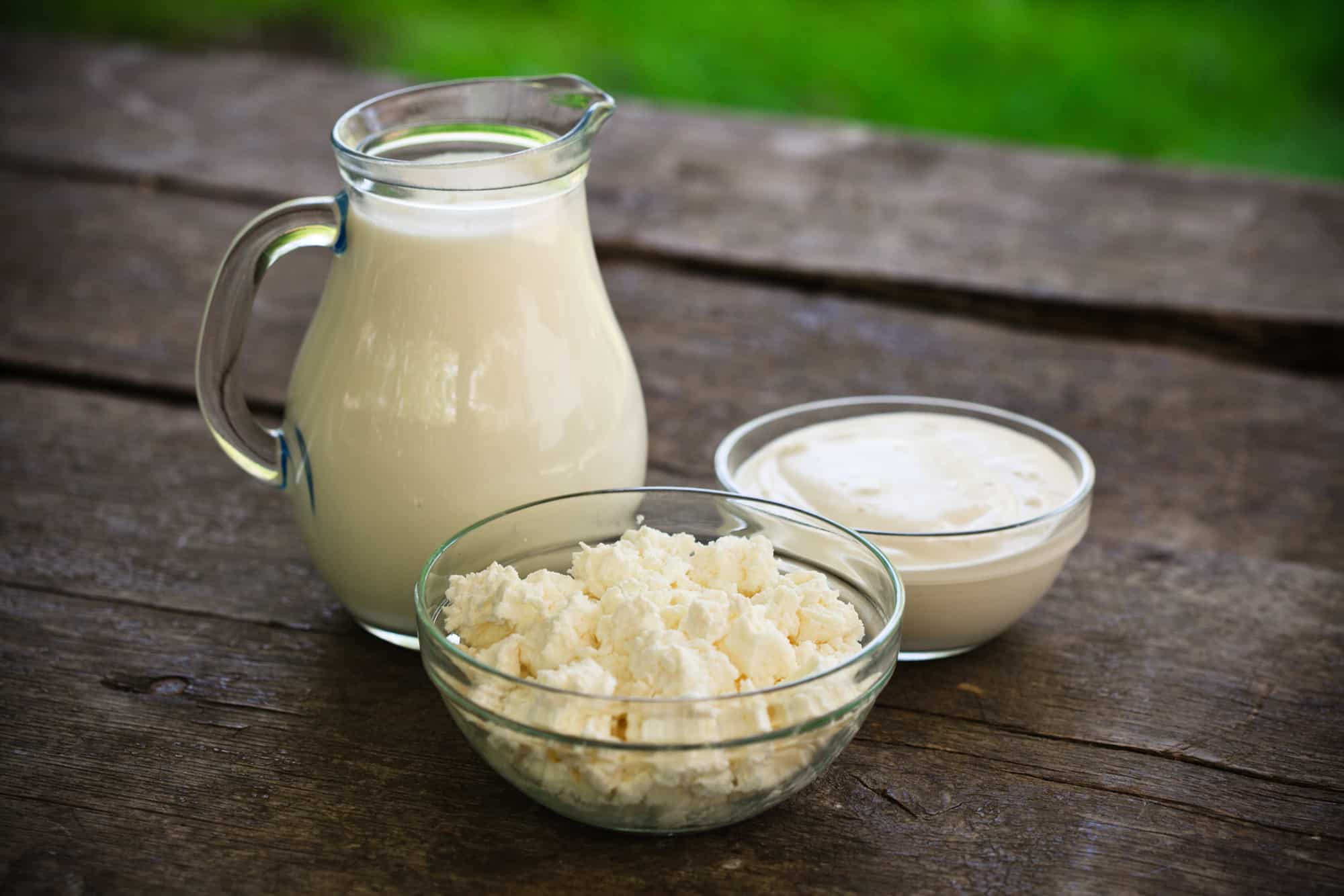Lactic acid sounds like it contains dairy, but it doesn’t. This article will briefly discuss what lactic acid starter culture is and its applications.
Lactic acid starter culture, also called lactic acid, is a group of bacteria of different species. It’s not related to dairy and it doesn’t have dairy, lactose, or milk. Lactic acid is used primarily in the fermentation and preservation of food but also has other uses.
Where is lactic acid found in food, and does it have any side effects for some people? Scroll down to find the answers!
What Exactly is Lactic Acid Starter Culture?
Lactic acid bacteria (LAB) is a group of different species of bacteria used in fermentation.
Their main metabolic action is to produce lactic acid but they can also produce polyols, organic acids, exopolysaccharides, and antimicrobial compounds. LAB can be applied in food, clinical, and agricultural applications (source: AIMS Microbiology).
A starter culture is a group of microorganisms that are infused into food to preserve, enhance nutritive value, change sensory attributes like the smell, or raise the economic value of food.
A starter culture is not required to be added to fermented foods. But when added, it will ensure the consistency of the quality and schedule of the manufactured food (source: Encyclopedia of Food Sciences and Nutrition (Second Edition).
A lactic acid starter culture, therefore, is concentrated lactic acid bacteria added to food usually for fermentation or preservation purposes, but also to add favorable changes to food with consistent results.
Lactic acid starter culture can be also known simply as lactic acid bacteria, but more formally as lactic acid starter culture when added to food. It can be found in yogurt, cheese, kimchi, miso, and kefir (source: Revolution Fermentation).
It can also be found in beer, sourdough bread, bread-like food made with no wheat or rye flour, soy products, pickled meat, and legumes (source: Applications of Biotechnology to Traditional Fermented Foods).
Does Lactic Acid Starter Culture Contain Dairy?
Many people raise the question as to whether or not lactic acid contains lactose or milk. The answer is it doesn’t.
Lactic acid doesn’t contain milk (source: Healthline), it is not related to dairy nor does it have dairy (source: Foods Matter), and it doesn’t contain dairy (source: Lactose intolerance: Shopping tips for lactose-intolerant people).
People with lactose intolerance can safely have lactic acid or lactic acid bacteria.
Is Lactic Acid Starter Culture Bad for You?
Lactic acid is considered to be safe. However, in food in the form of probiotics, it can potentially have side effects for some people such as gas, bloating, and distention according to a study (source: Clinical and Translational Gastroenterology).
Lactic acid is highly likely to be found in fermented foods. Fermented foods have probiotics.
If you have a history of getting abdominal discomfort when consuming fermented food or probiotics, it would be best to skip it. We also recommend asking your doctor about it.
Is Lactic Acid Starter Culture Low FODMAP?
While lactic acid in probiotics can cause some side effects in some people as stated above, there is no current literature on lactic acid or lactic acid starter culture being low FODMAP and triggering irritable bowel syndrome (IBS).
Lactic acid is not something to be worried about when it comes to dairy or lactose intolerance. But more research has to come up regarding its FODMAP status.
We hope this article helped answer your questions about lactic acid and lactic acid starter culture!



